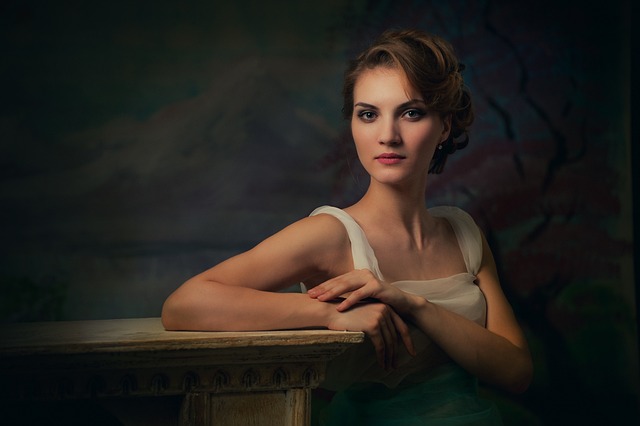Exploring the Art of Posture: Fine Arts, Culture, and Sculpture
The essence of posture transcends mere physicality; it encapsulates a language of emotions, stories, and cultural nuances that resonate through the realm of fine arts and sculpture. Every twist, every angle, and every curve in a figure communicates a narrative, inviting us to engage with the art beyond just a visual experience.
When we think of posture, we often consider alignment, balance, and presence. In the world of sculpture, posture ignites a conversation about form and meaning. A figure poised in a dynamic stance can evoke feelings of movement and vitality, while one captured in stillness might convey serenity or introspection. The artist deftly manipulates posture, utilizing it as a powerful tool to project emotions and values intrinsic to the cultural contexts from which they arise.
Fine arts have an innate ability to reflect and influence the cultural landscape. Throughout history, posture in sculptures has varied tremendously, shaped by societal norms, historical events, and philosophical movements. Take, for instance, the classical sculptures of ancient Greece, where the idealized human form often stood tall and confident, embodying strength, beauty, and a sense of rationality. This “perfect” posture is not merely for aesthetic enjoyment; it communicates the values of an era that revered balance and proportion.
In contrast, modern sculptures often embrace the flawed, the dynamic, and the abstract, challenging traditional notions of beauty and idealism. The way artists today explore posture reflects a broader shift in cultural understanding of the human experience—dramatic poses may articulate vulnerability or chaos, while relaxed postures might explore themes of comfort and identity in an increasingly disconnected world. Each piece tells a story, revealing the artist’s intention and the cultural pulse at the time of its creation.
Moreover, the significance of posture extends beyond sculptural forms and seeps into how we engage with art. The act of viewing sculpture itself involves understanding the relationship between the observer and the observed; we often position ourselves physically and mentally to resonate with the posture presented. Engaging with sculpture can also prompt us to reflect on our own postures, both in our bodies and our lives—Inviting self-examination on how we carry ourselves in different contexts.
As we journey through galleries filled with diverse expressions of posture, we encounter stories and identities that bridge cultural divides. Each sculpture serves as a testament to the musician’s muse, the scholar’s introspection, or the revolutionary’s resolve, showcasing how universal themes of the human condition can be conveyed through the simple yet profound act of posture.
Ultimately, the exploration of posture in fine arts and sculpture expands how we perceive both the art and the world around us. It challenges us to not only appreciate aesthetics but to delve deeper into the narratives and emotions etched into every piece. As we stand before these sculptural works, let us embrace the lessons of posture, reminding us of the beauty in our complexity, our histories, and our shared humanity.



